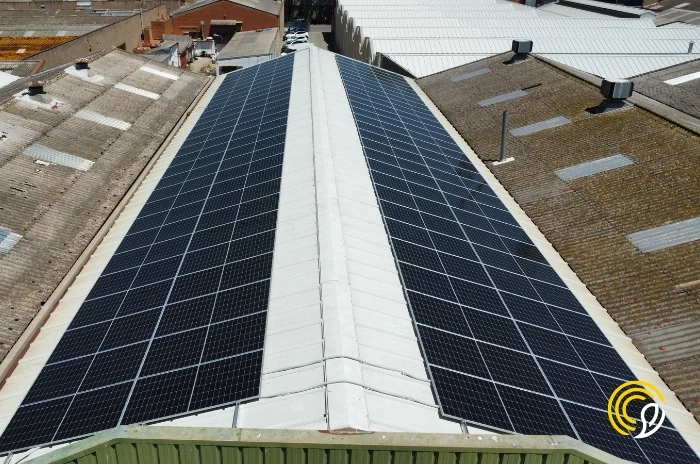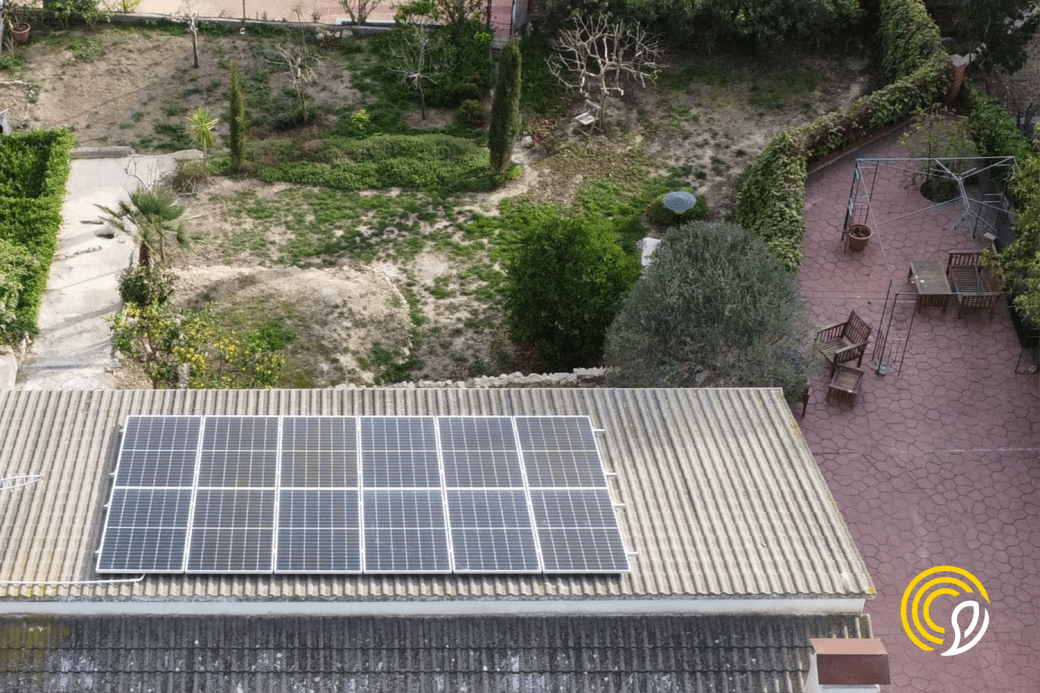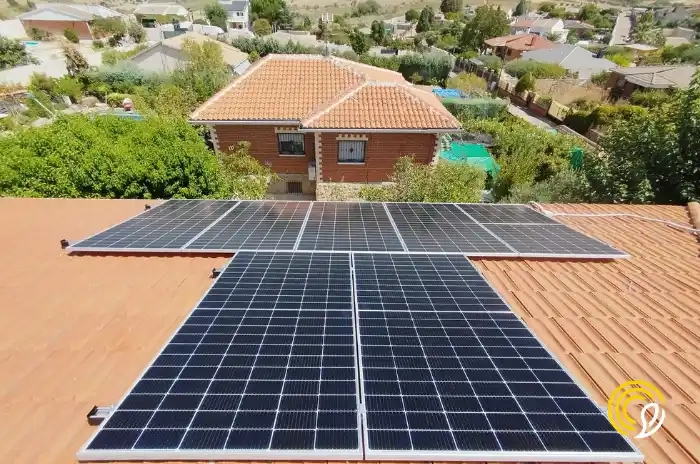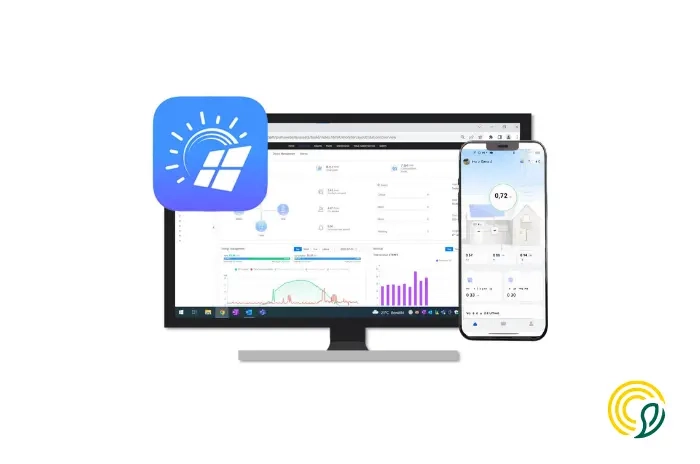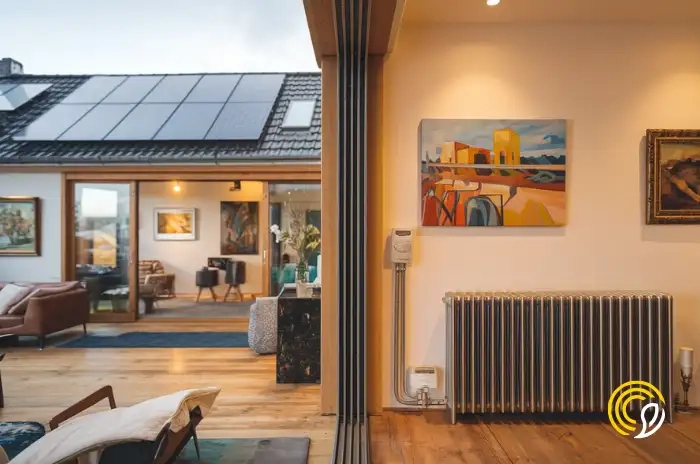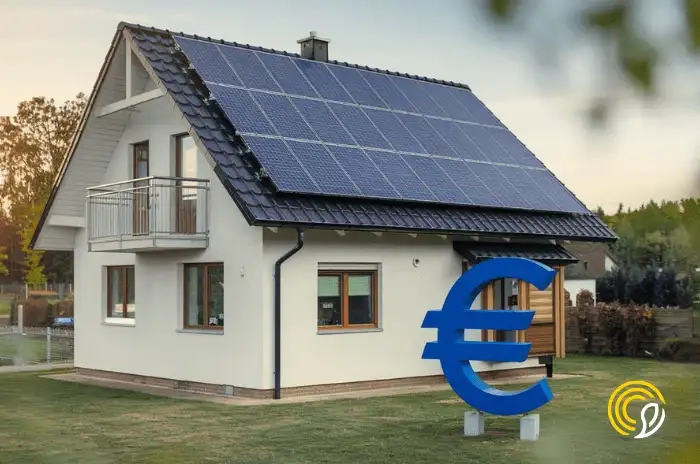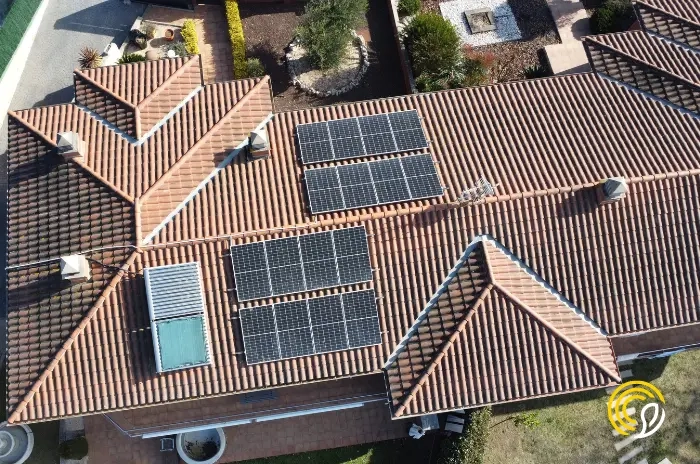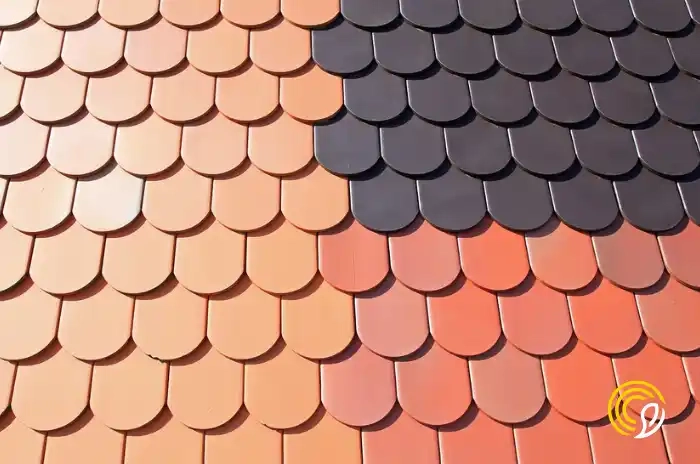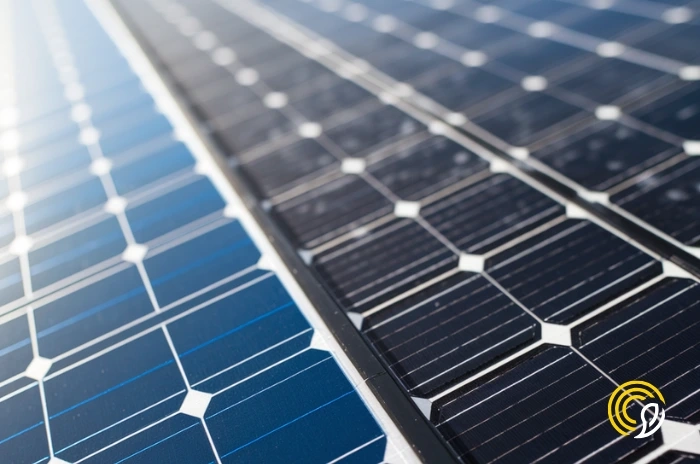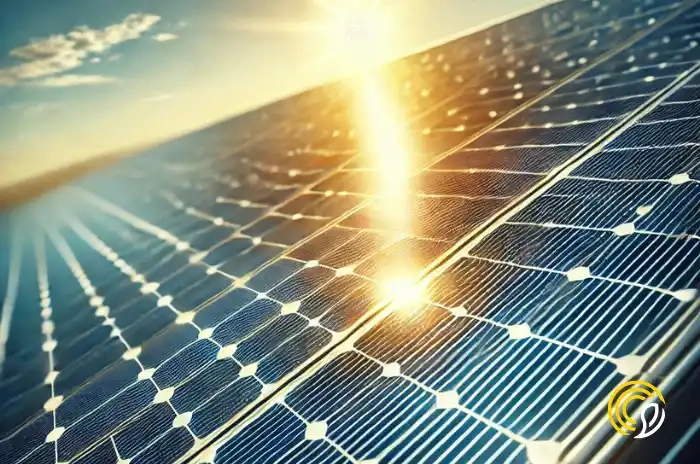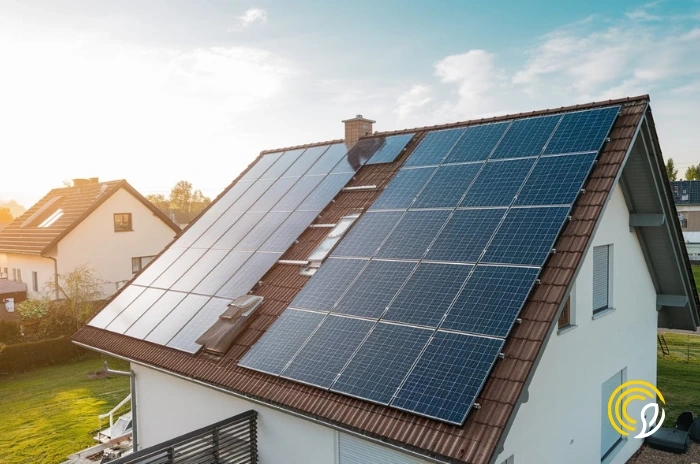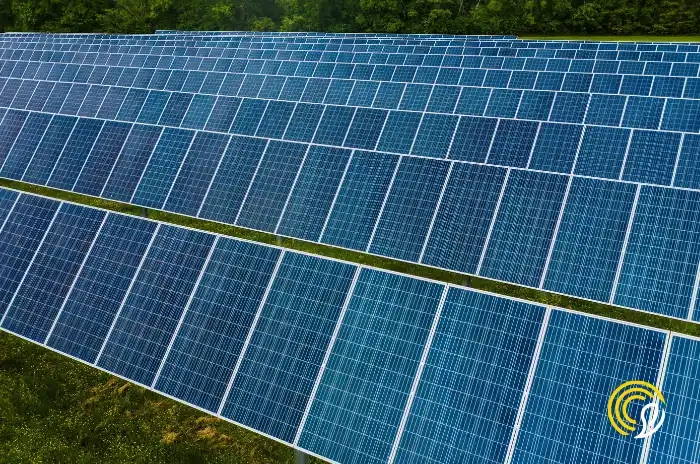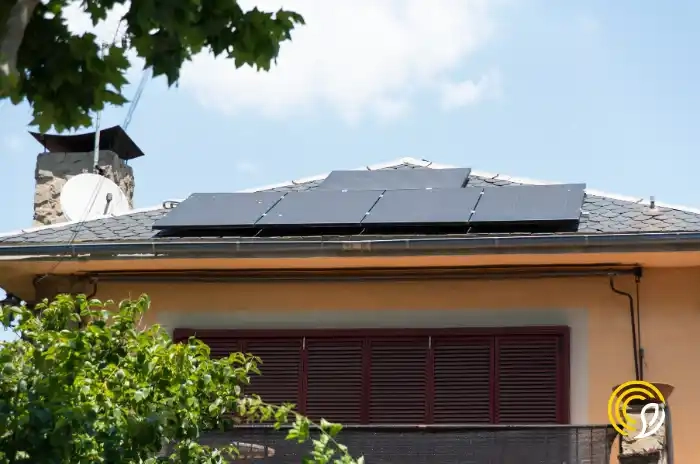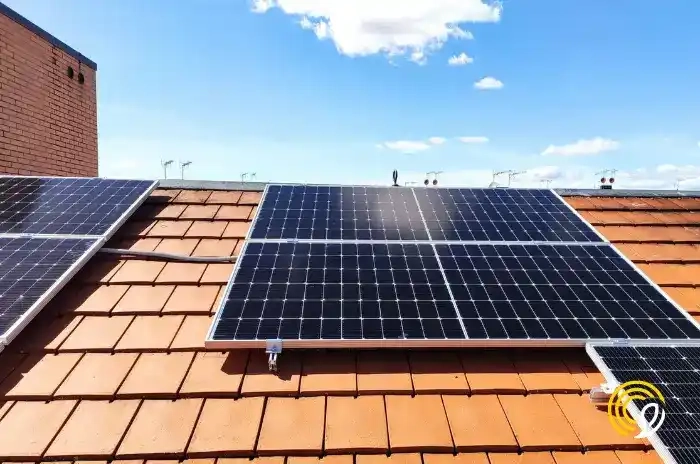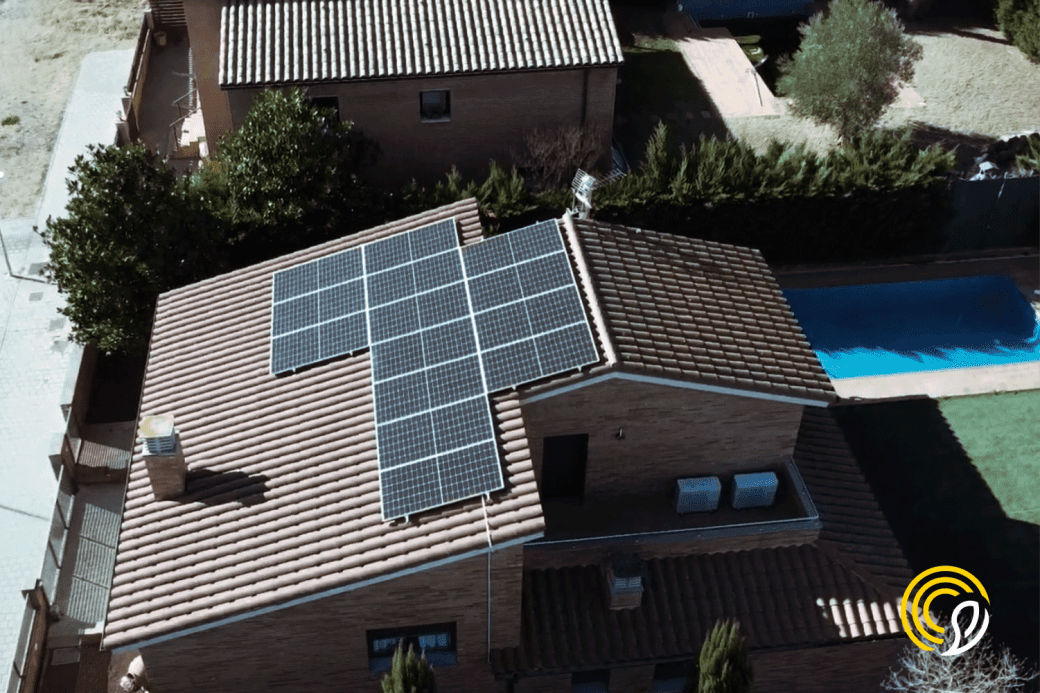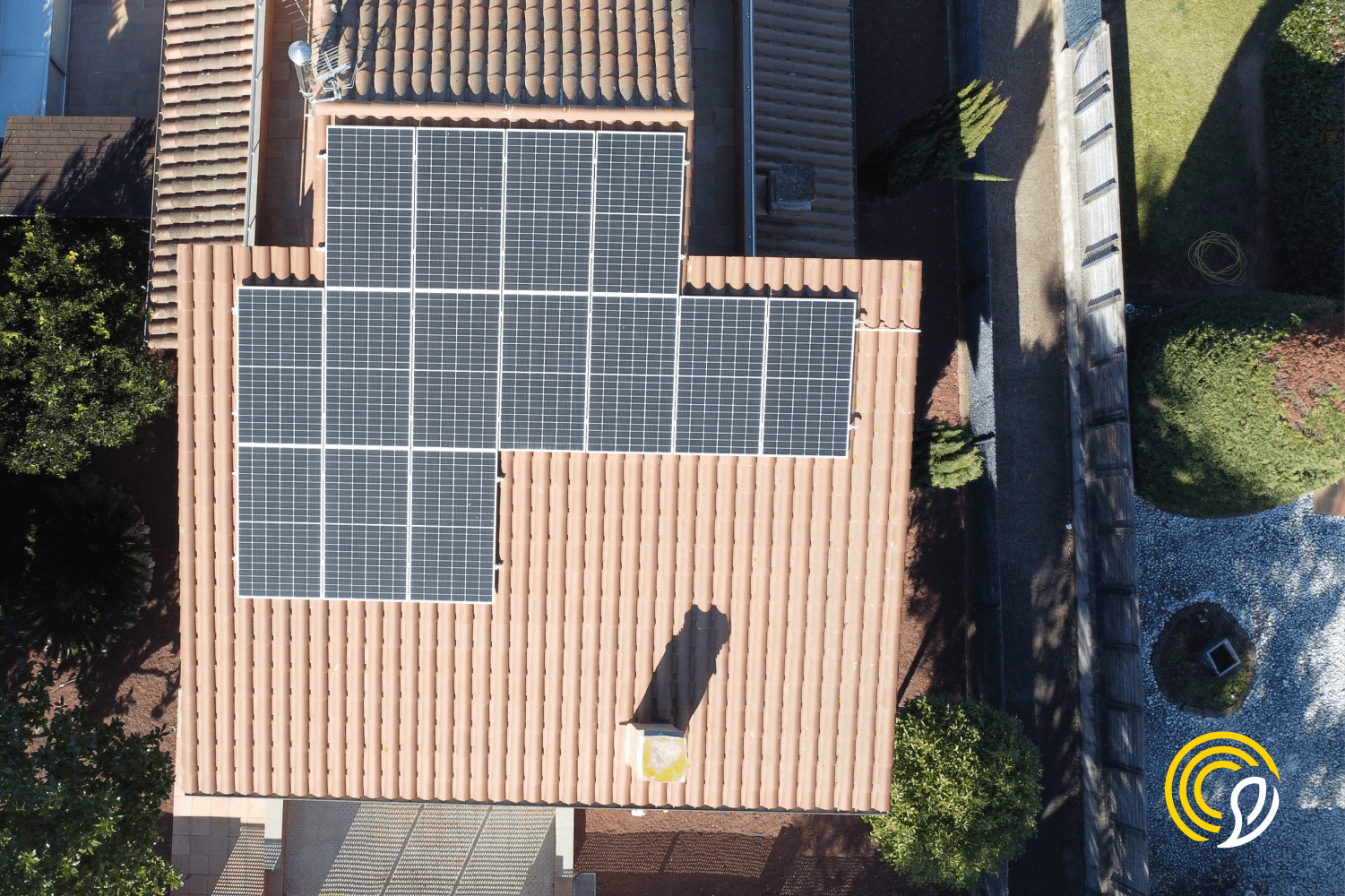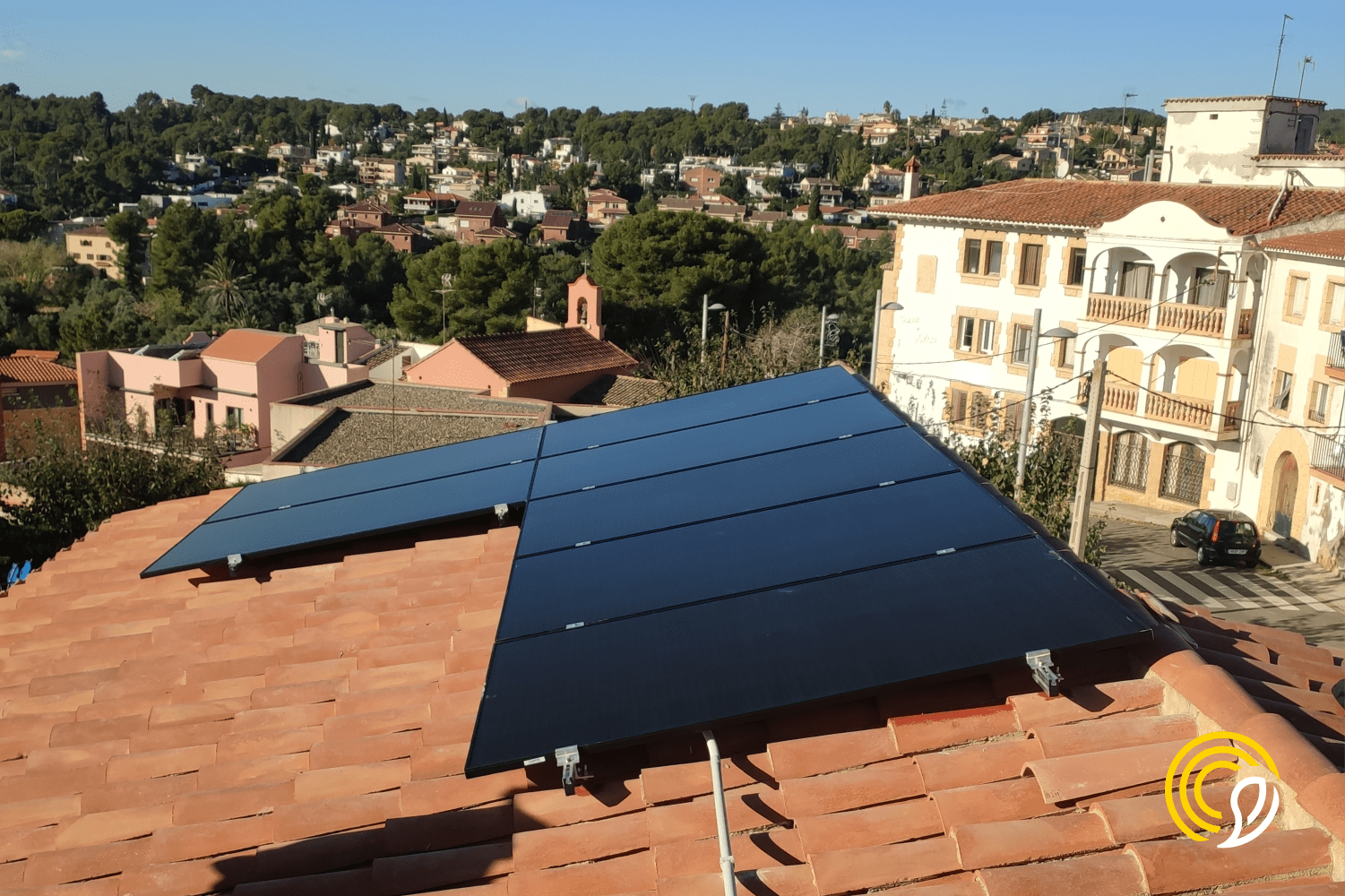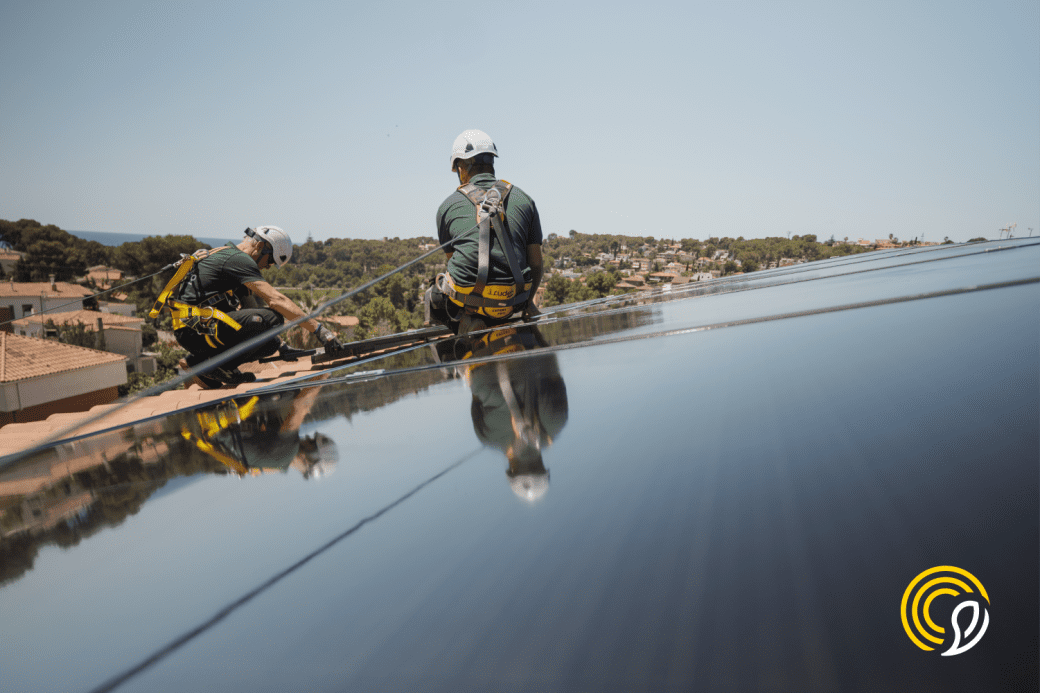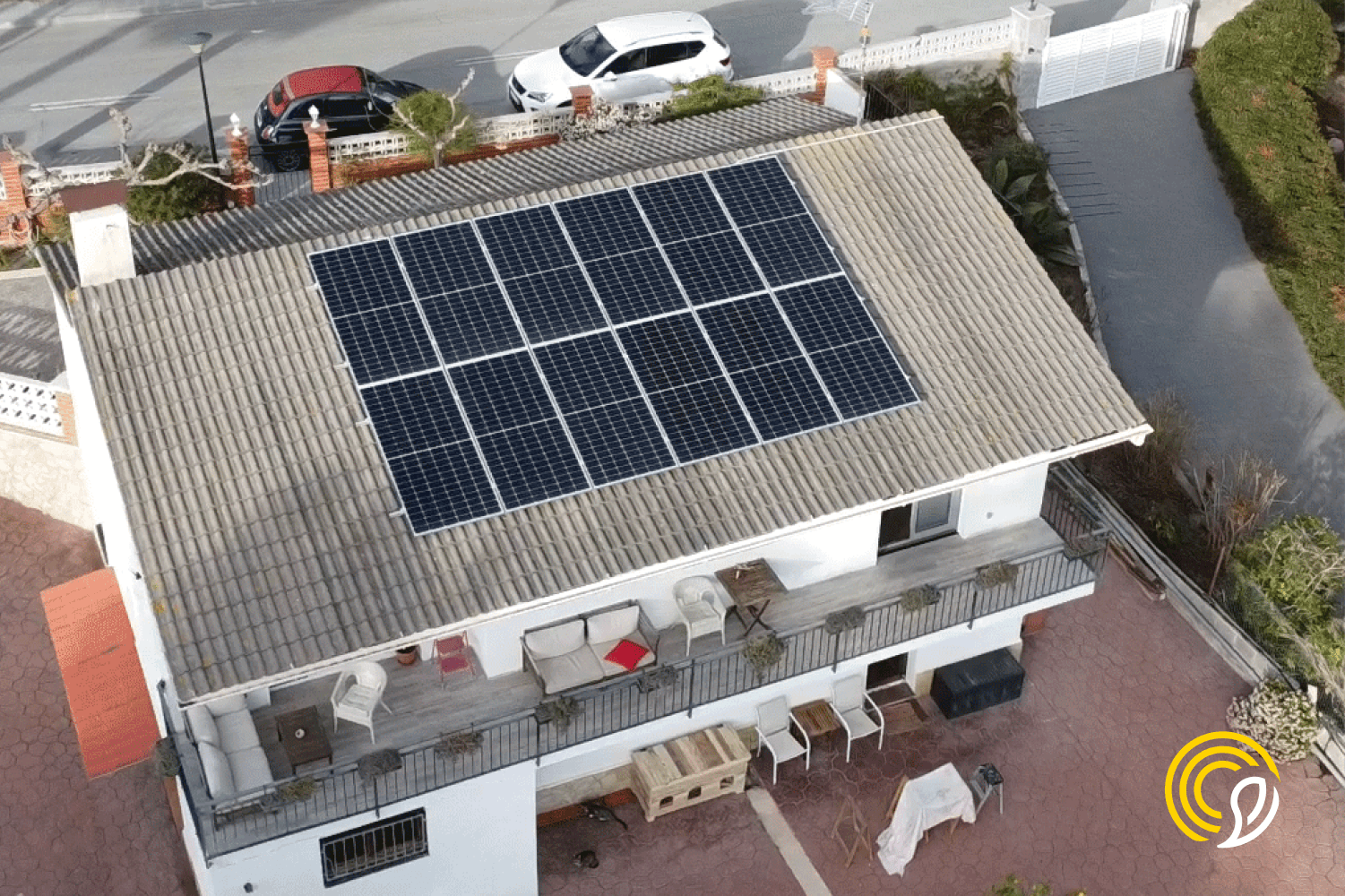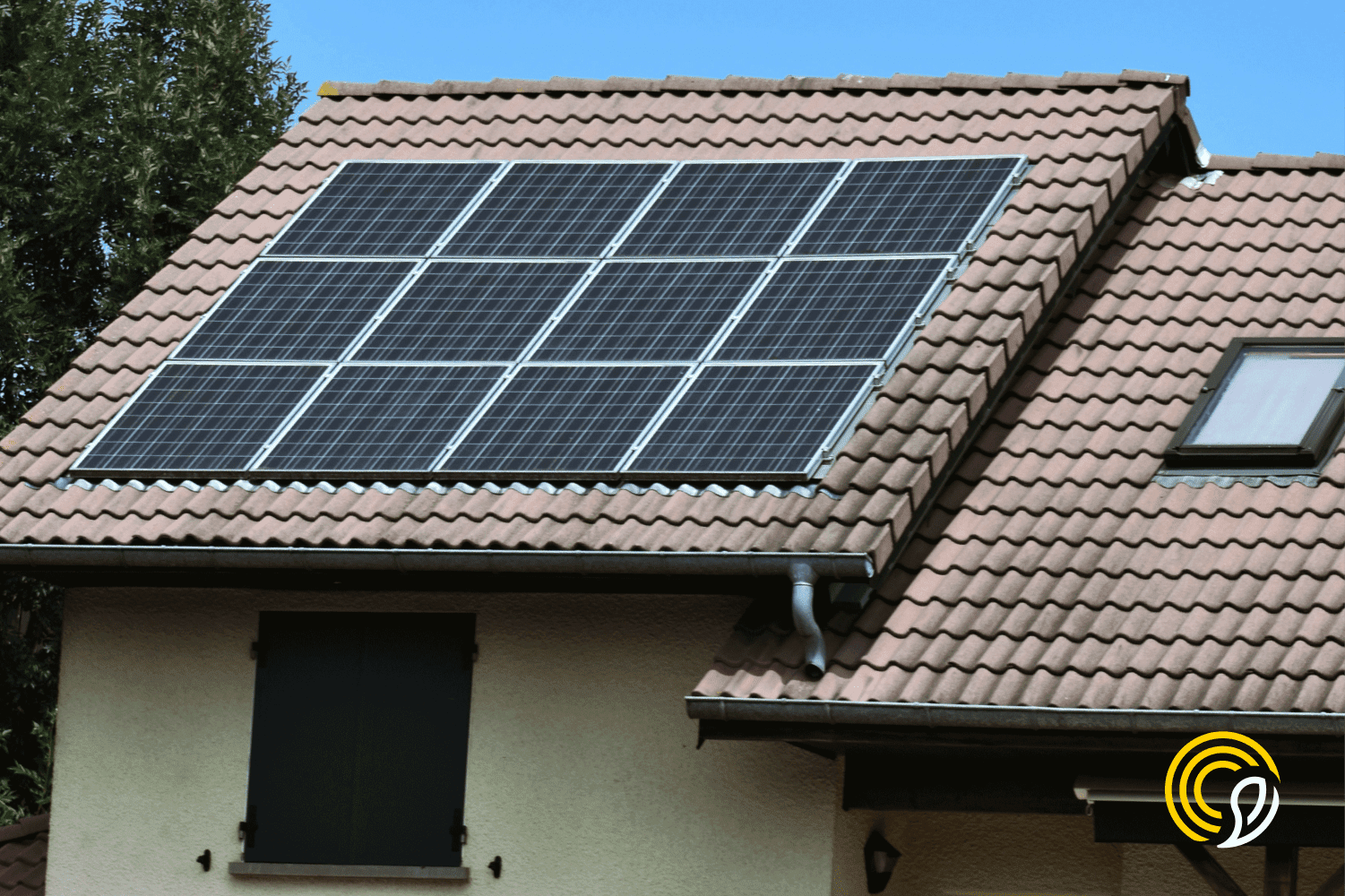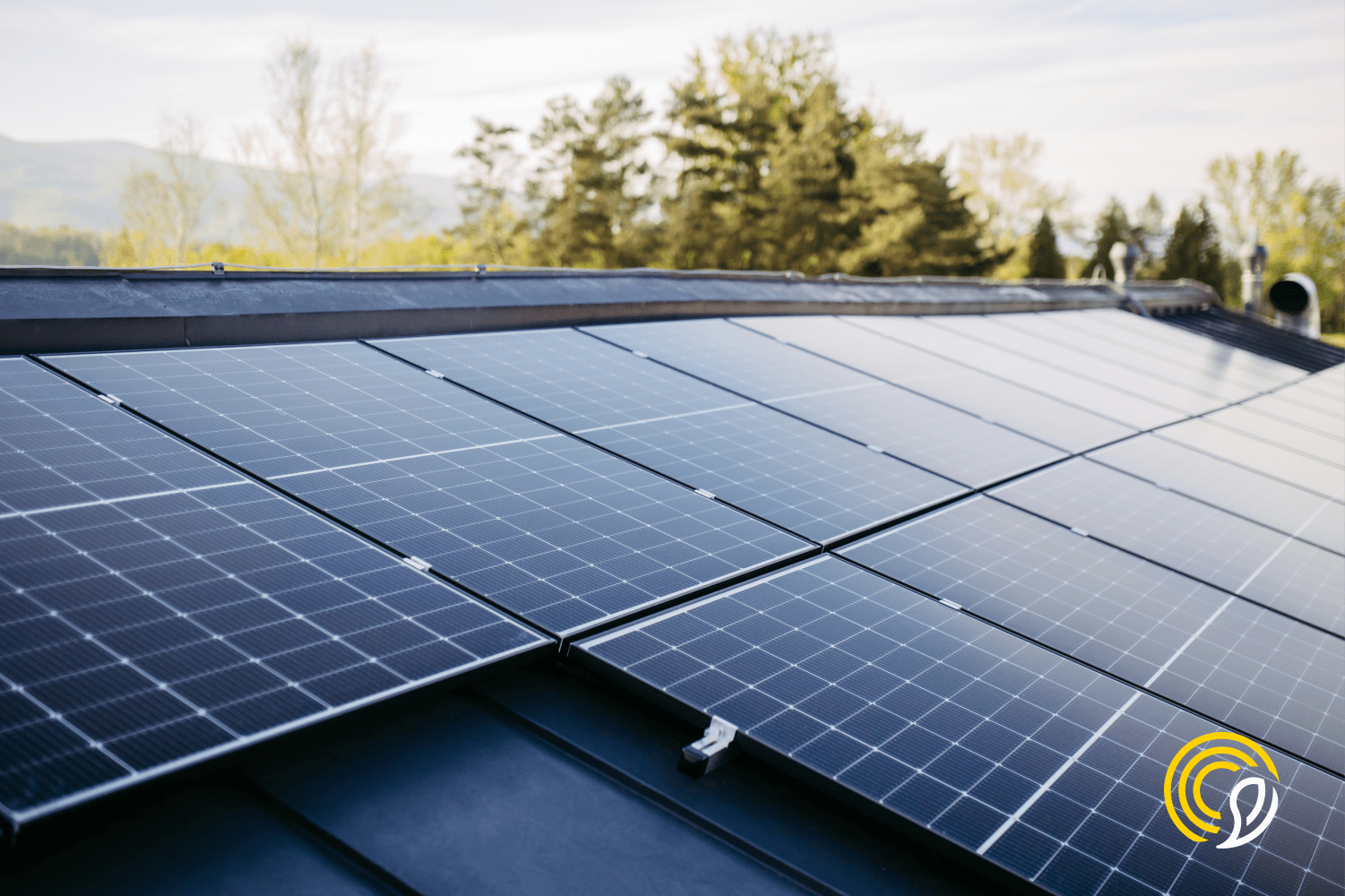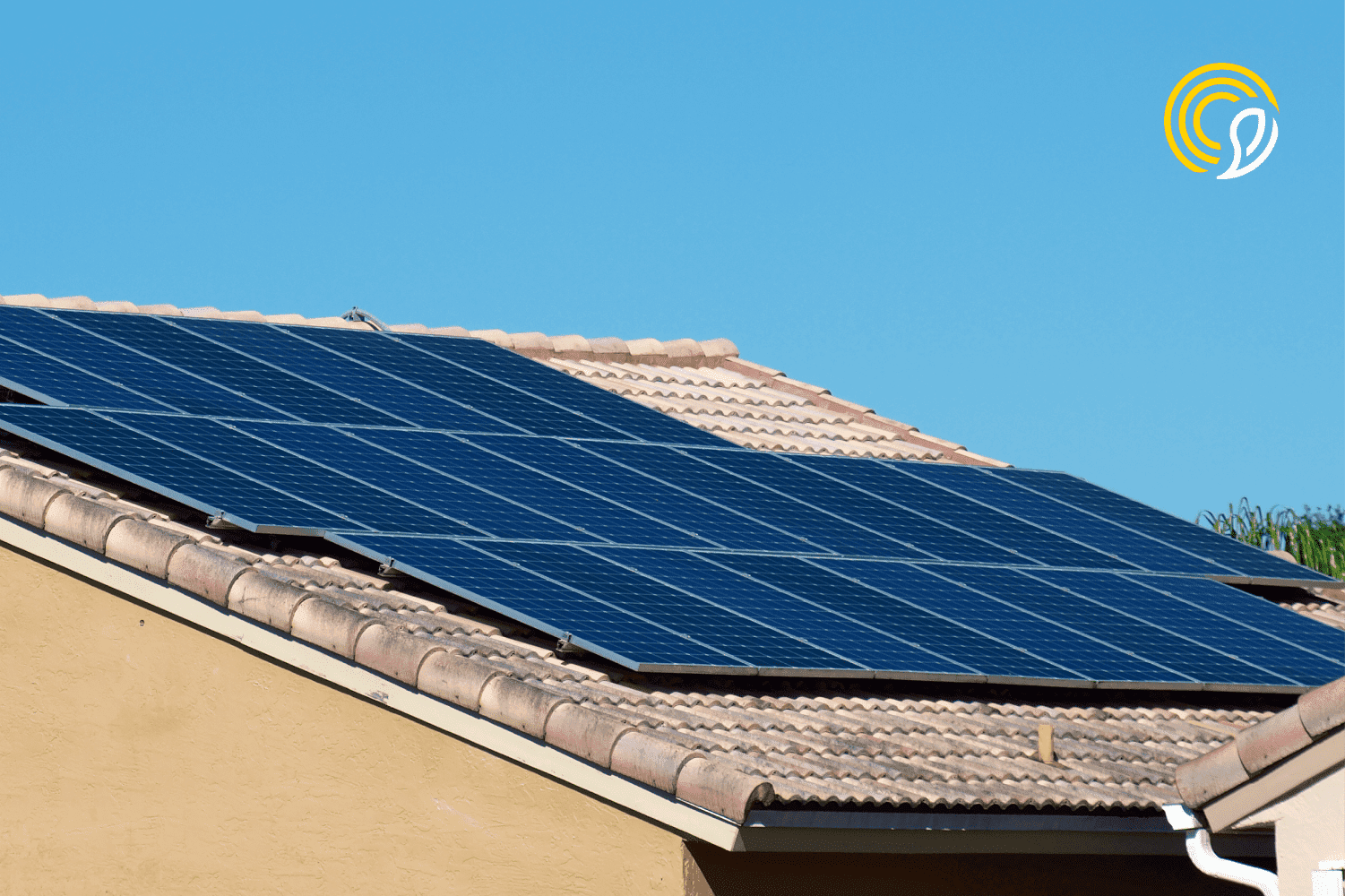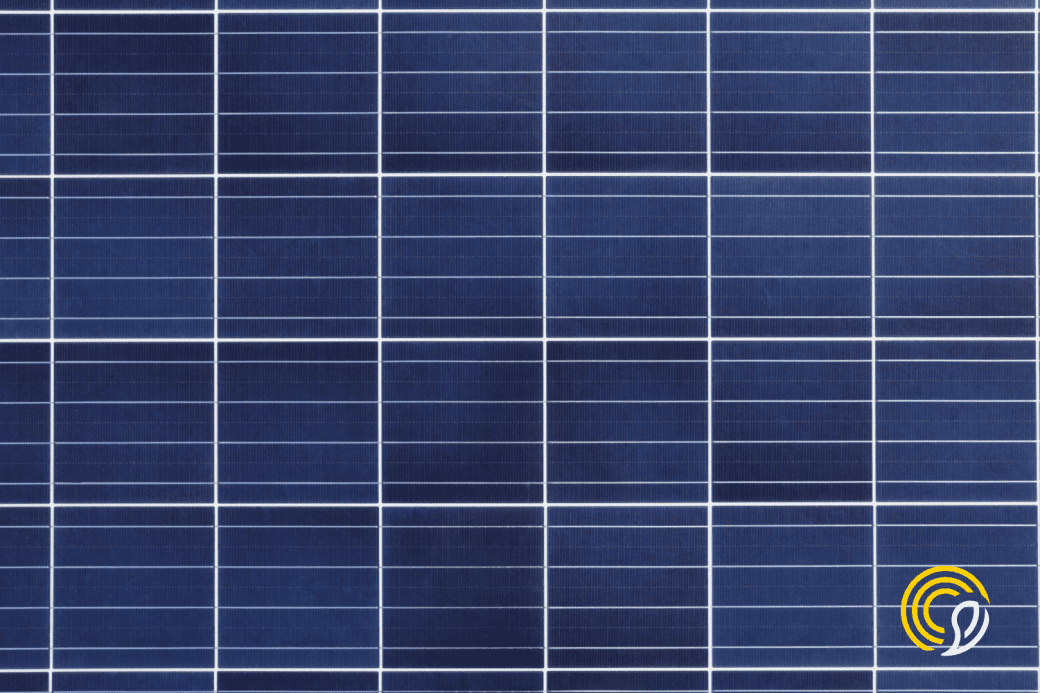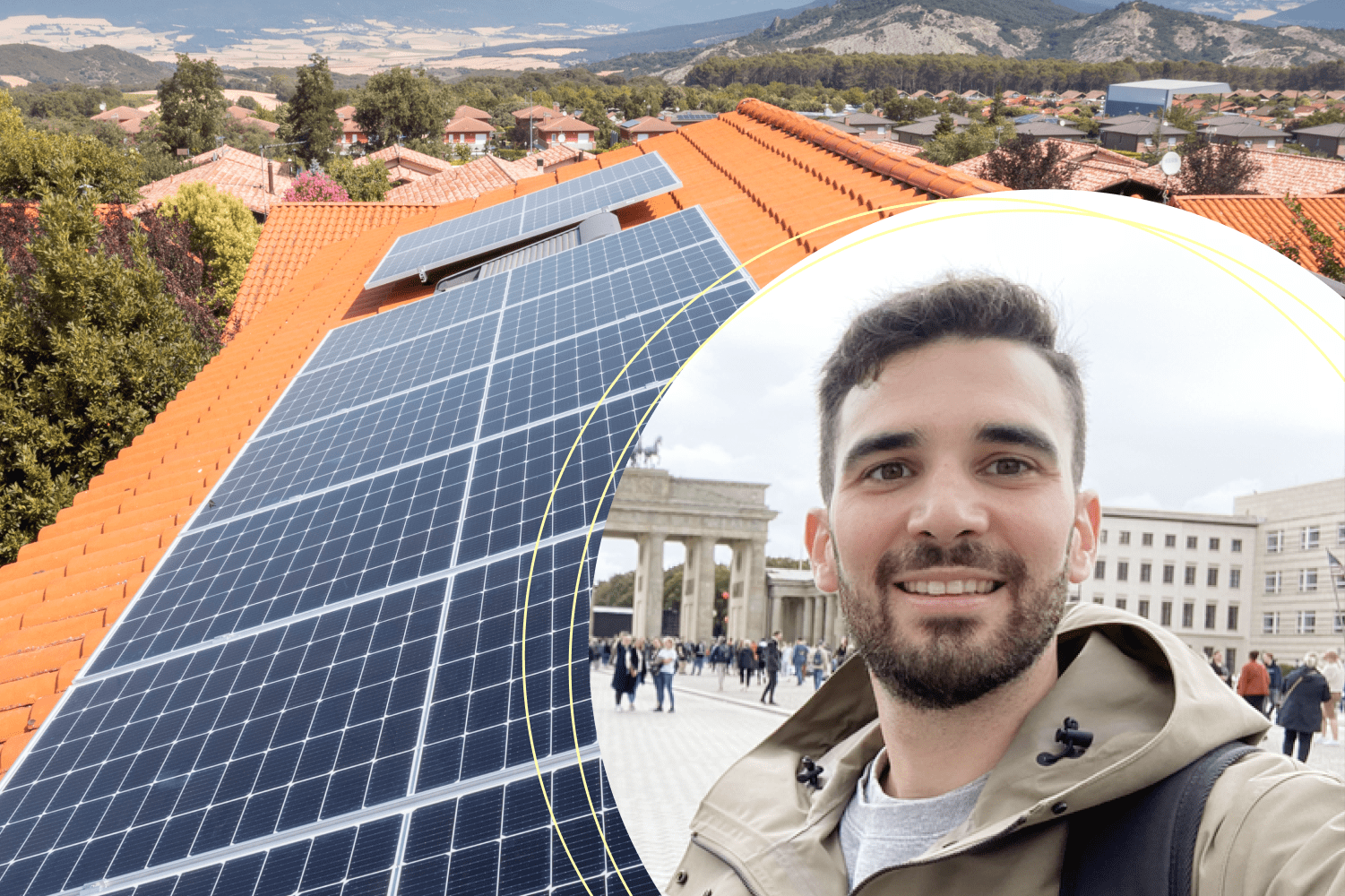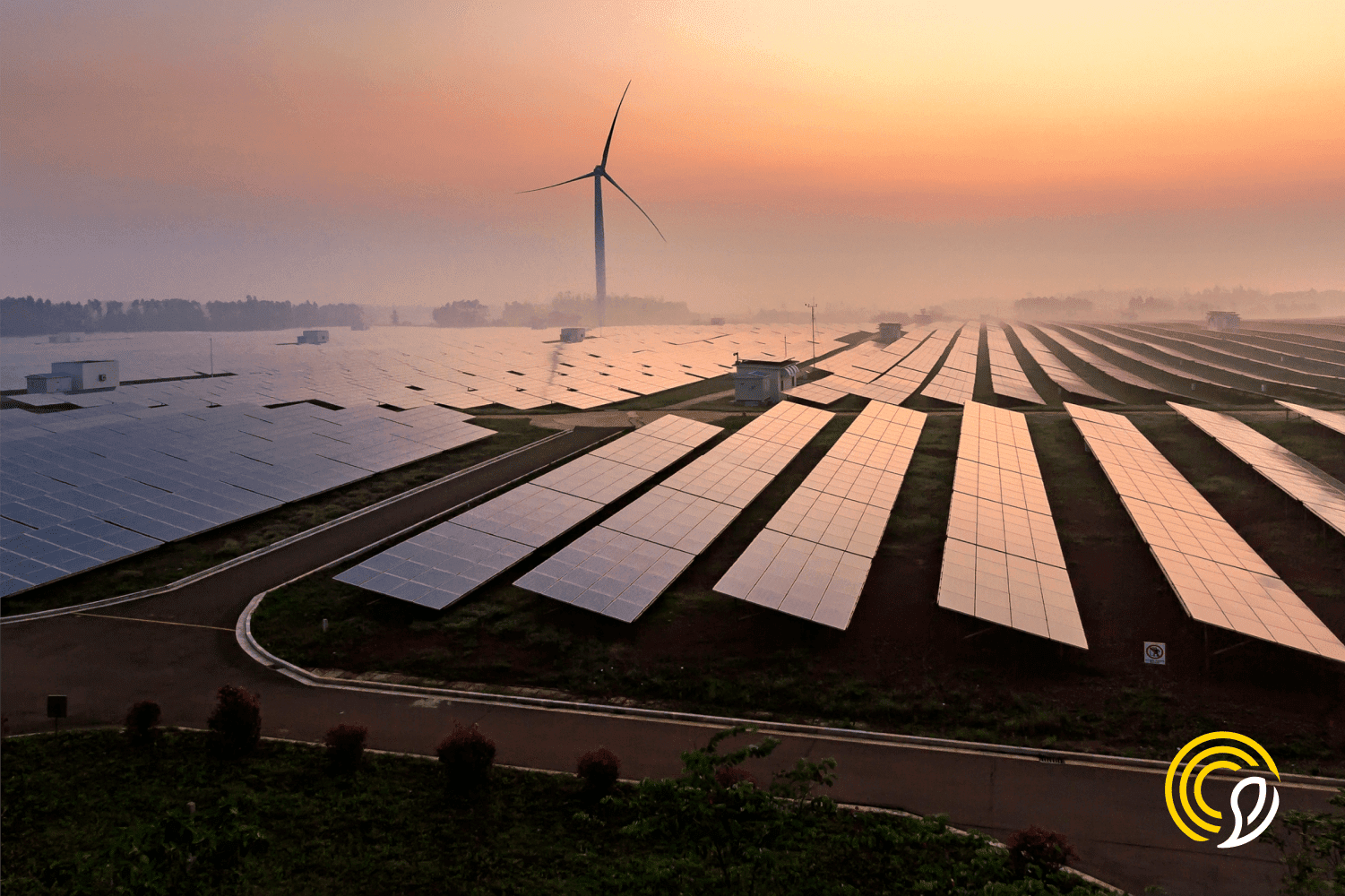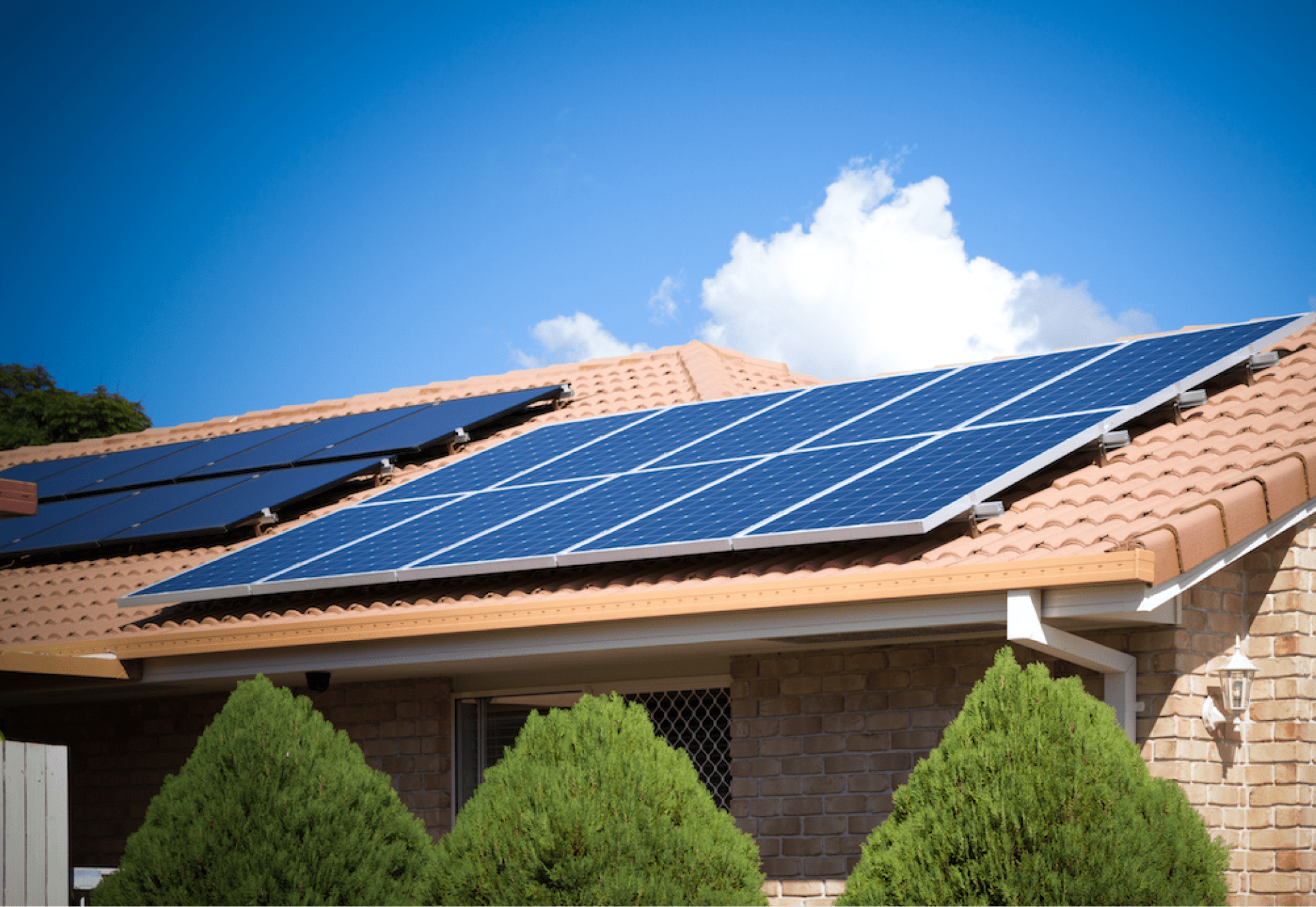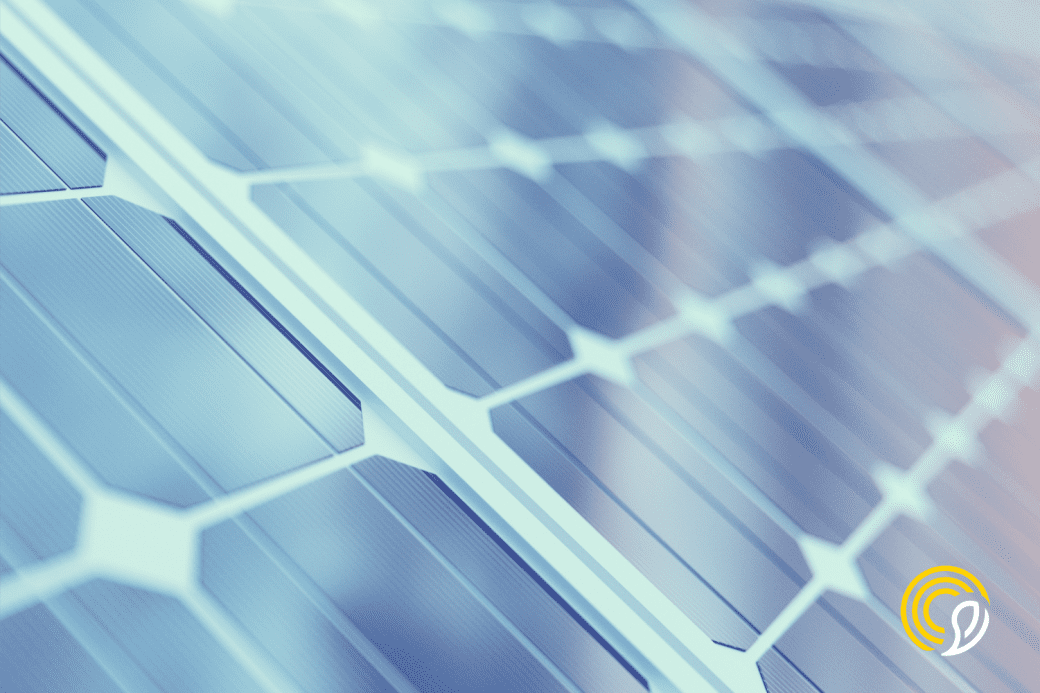
How do solar panels work?

Claudia Pardo, Content Specialist at Sunhero and a firm believer that solar energy can transform the world.
04/01/2024
2 min read
Table of Contents
If you are considering installing a photovoltaic system at home, you will surely have doubts about how solar panels work.
In this article, we explain everything you need to know about how they work, the types of panels that exist and the different characteristics of each one.
How do solar panels work?
Solar panels are responsible for converting sunlight into electricity through a process called the photovoltaic effect.
This process starts with the absorption of sunlight by the photovoltaic cells of the panels, which are made of a semiconductor material, usually silicon.
The energy absorbed by these cells causes the silicon electrons to be released, generating an electric current. This phenomenon occurs because solar radiation displaces the silicon electrons from their normal state.
Once the electrons are released, through the electric fields of the solar panels, a direct current (DC) flow is created. In most households, however, alternating current (AC) is used. Therefore, in photovoltaic installations it is necessary to use an inverter, a device that converts direct current into alternating current.
Once converted into alternating current, the electricity generated can be used for the consumption of electrical devices in the household.
What types of solar panels are there?
In recent years, the technology and composition of solar panels has evolved rapidly in order to achieve greater performance, efficiency and durability.
For this reason, we can currently distinguish three types of solar panels according to their main characteristics:
Monocrystalline solar panels
This type of solar panels are made up of a multitude of photovoltaic cells, manufactured solely from silicon. They are highly efficient panels due to the purity of their composition. This means that they are capable of producing a greater amount of energy per square metre compared to other types of panels and also require less maintenance than polycrystalline panels.
Polycrystalline solar panels
The main difference with monocrystalline panels is that polycrystalline panels are composed of multiple materials fused together, which is why they have a bluish appearance and a less uniform texture than monocrystalline panels.
On the other hand, due to this lack of silicon purity, they offer lower efficiency and, in turn, make them more economical than monocrystalline solar panels.
Thin-film solar panels
This type of panel is characterised by the use of a very thin layer of semiconductor material, which makes them very different from the aforementioned panels, due to their design and manufacture.
One of the advantages of this type of panel is its flexibility and adaptability, which facilitates its installation on different surfaces where it is not feasible to install traditional panels.
Finally, this type of solar panels are usually more affordable panels but at the same time, they offer a lower energy efficiency than monocrystalline and polycrystalline panels.
Start today!
Fill out our free solar calculator and get a custom quotation

